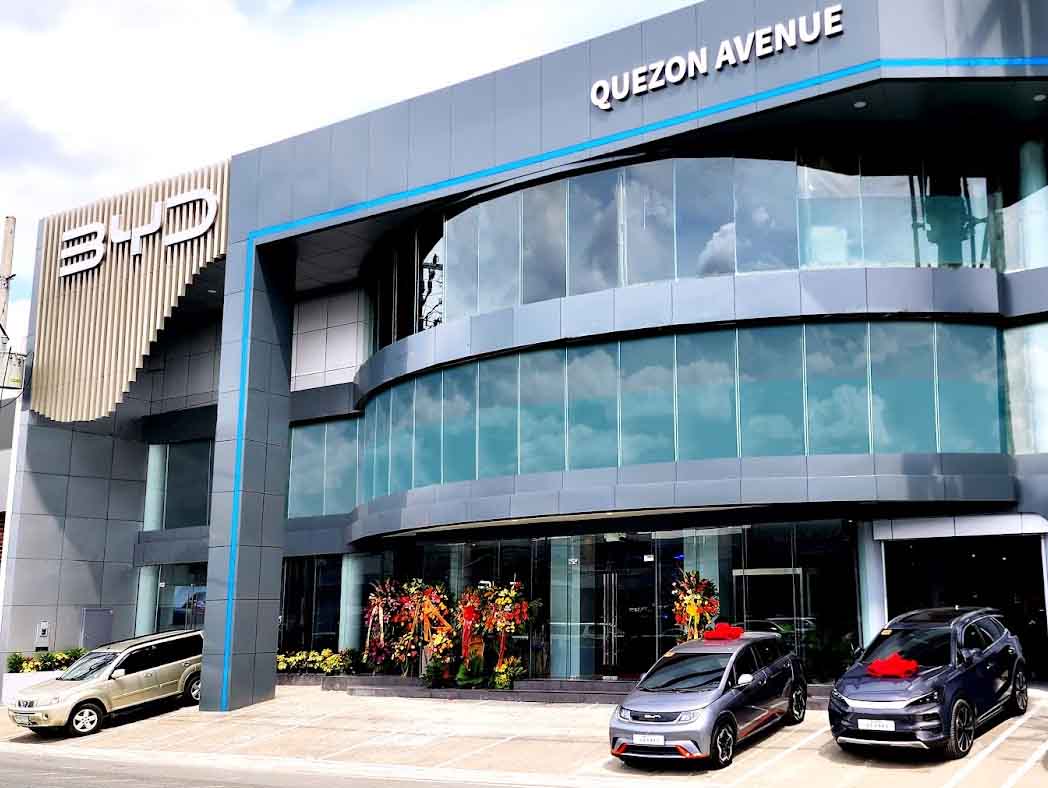THE NAME “Creta” is derived from the name of the largest island in Greece. The name “ix25” is a codename used by Hyundai for the Creta in countries (like China) where numbers are recalled more than names and “Cantus” is a Latin word for “song” and Rush, well it isn’t just owned by Toyota and is used by the Hyundai Creta as its name in Thailand.
So what’s in a name? Apparently a lot for the Creta. In whatever market it is in, it conjures up images of a sporty crossover–not quite a large SUV but not as small as a hatchback. It also sends thoughts of new and youthful styling, quiet performance and even sustainability. All factors important to the younger vehicle buyer.
When Hyundai released the Creta in the Philippine in mid-2022, the brand already flourished with their SUV hard hitters–the Tucson and the Sta. Fe. These longer footprint SUV had seven seats and more powerful engines. They also seemed to be positioned at a more mature market, we can define as daddy car or an uncle’s sled. Hyundai decided that like the concept left by the i20 Cross Sport, which is actually its genetic source, was the kind of imagery that would appeal to millennials and Gen-Xers was needed.
This is why the Hyundai Creta exists.
Before we hit the road, let’s take a quick look at what makes the 2023 Hyundai Creta tick. Underneath the hood is a spirited 1.5L 4-cylinder gasoline engine, delivering 112 horsepower and 144 Nm of torque. You have the choice between a 6-speed manual transmission or the Intelligent Variable Transmission (IVT).
The engine is mated to either a 6-speed manual transmission or an IVT (Intelligent Variable Transmission).
For this review, I tested the GLS IVT with that fancy traction selector and super responsive CVT. From Lucena City to Clark Airfield and back–230 kilometers one way with a side trip going back to Batangas City via the Southern Tagalog Access Road and the tight and narrow carriageways of Lipa, Taysan, Rosario via Candelaria back to Laguna. Total distance 512 kilometers, total fuel used 31.8 liters an average of 16 kilometers per liter, peaking at 17.8 kilometers per liter.
I had to mention the fuel consumption early on because of one important point: the prices of gasoline isn’t going down. From January to June this year, the average price of unleaded gasoline in Manila has increased by P12.80 per liter. By my own observations (along the many gasoline stations I saw during this report) the highest price was P78.00 per liter and the lowest among the big three players at P65.00 Luckily, there are many Cleanfuel stations from Tarlac to Sariaya in Quezon where the average price of P62 to P64 per liter for unleaded gasoline.
From the head on, the Creta’s unmistakable look starts with the front grille and headlights. Unorthodox, not like the Greek Church, is the only way to describe what Hyundai designers call the “Jewel Pattern Grille.” It does look like cuts on a diamond, and is a funny way to draw air into the radiator, but the design is a functional as it is beautiful. Each panel in the front grille is an aerodynamic piece that pushes air into the engine bay when the vehicle is in motion.
The love-it, or hate-it design element are the rear LED taillights. Straight out of an anime playbook (wait for the Stargazer review) the design won’t appeal to the dad or uncle, but is certainly understood by those my age. The colored blacktop roof, the high sharp beltline, the black fender finishers all bring visions of Bushido and Samurai anime players. The accents look best in white–the color of the Creta loaned to us.
My Gen-Z friends say that it remind them of the eyes of an anime character, which I will not reveal. This is because the thin strip of LED lights at the top resembles the eyelashes of an anime character, and the larger, more rectangular section of LED lights at the bottom resembles the pupils of an anime character.
As I set off on the Skyway, I couldn’t help but appreciate the comfortable and composed ride the Hyundai Creta offers. The subcompact crossover’s suspension does an admirable job of absorbing the imperfections of the road, ensuring a smooth journey even when tackling rough terrain.
The steering response is nimble and precise, making maneuvering through city traffic and highway lanes a breeze. The Creta may not be the most exhilarating car to drive, but it shines in delivering a dependable and stress-free experience.
The 1.5L engine is not exactly a powerhouse, but it does not embarrass. It provides ample power for daily commutes and highway cruising. While it might not have the extra oomph needed for aggressive overtaking maneuvers, needed with the slow, inner lane traffic common in Philippine provincial roads, it is more than sufficient for the everyday adventures–including traffic with auto hold and excellent cruise controls.
The 2023 Hyundai Creta proves to be a worthy companion for younger adventurers. I am not excluding the dads and the uncles, who may want the youthful vigor of this crossover. However, may I strongly recommend, there is the Tucson for them.
With its affordability, reliability, and feature-packed interior, it’s a smart choice for those looking to navigate the roads of the Philippines in style and comfort.
While it may not offer the most thrilling ride, the Creta excels in providing a dependable and enjoyable driving experience. So, if you’re in the market for an affordable and reliable subcompact crossover, the Hyundai Creta is certainly worth considering for your next journey on the open road. — with Raymond B. Tribdino





